Can the spread of invasive quagga mussels be stopped in Switzerland?

A small mollusc is causing many problems in Switzerland and across the northern hemisphere, changing ecosystems in its path, attacking water supplies and causing millions in damage. New technology and international cooperation are being deployed to fight the invasion.
Researchers from Switzerland, Germany, Austria and the United States, which also suffer from an invasive mussels infestation, are pooling their findings to better understand the behaviour of the quagga.
Quagga mussels come from the Black Sea region and were first spotted in Switzerland in 2014 in the River Rhine near Basel. They are relatives of the zebra mussel, which has been present in parts of Europe for 200 years and in Switzerland since the 1960s. The larva of the quagga mussel is invisible to the naked eye. It is carried downstream in rivers or transported by attaching itself to boats. The mussel can reproduce almost all year round and, unlike the zebra mussel, can inhabit deep-water zones where there are few predators. Quagga and zebra mussels first arrived in the United States at the end of the 1980s and are now widespread in the Great Lakes.
Quagga sparks international research
Lyuba Burlakova, a senior research scientist from Buffalo State University in the United States, has been studying zebra and quagga mussels for many years and is currently on a sabbatical at the Swiss Federal Institute of Aquatic Science and Technology, EawagExternal link. Burlakova decided to collaborate with the Swiss because of their extensive monitoring data on several of Switzerland’s lakes. She also hopes to share US scientists’ extensive findings with their Swiss counterparts.
“We already have over thirty years of quagga mussel invasion in the Great Lakes,” she says. “Now we have much better methods like DNA that can detect the presence of mussels before we even find them. The Swiss can use these methods and also learn from our knowledge.”

‘Masters in reproducing’
Burlakova estimates that quagga mussels now make up more than 95% of all biomass in the Great Lakes. She says that in North America, the molluscs have appropriated the food sources of diporeia, a deep-water crustacean and major food for white fish, and colonised its habitats, leading to a complete decline in the species, especially in Lake Ontario.
What is so shocking to scientists about the quagga mussel is the speed at which it reproduces. Piet Spaak from Eawag elaborates: “One female mussel can produce up to a million egg cells, a male mussel even more sperm. So every mussel can potentially make thousands of new mussels. They are masters in reproducing.”
Another problem is the lack of predators, as Spaak explains, “Quagga mussels can go as deep as there is oxygen in lakes, so up to 250 metres. In the deeper parts, natural enemies cannot regulate quagga mussels anymore so there is uncontrolled growth.”
Seven research institutions from Switzerland, Germany and Austria are now focusing on quaggas in Lake Constance, which borders all three countries. The SeeWandel-Climate External link (‘Lake Change’) project is led by Spaak, whose research focuses on nutrient decline, climate change, invasive and alien species and how these influence the lake’s biodiversity. Spaak’s team also makes use of data collected in North America to understand the mussels’ impact.

Quagga mussel destroys infrastructure
The mussels are not only a danger to biodiversity – they also attack water infrastructure in lakes. Andreas Hirt, a manager at Energie Service Biel/Bienne, says the molluscs are virtually unstoppable. “If they arrive in a body of water that is not yet colonised, they will spread within several years. And this can then no longer be reversed,” he says.
Energie Service Biel/Bienne was asked by the local authority to develop a system to combat mussels without using chemicals, which are prohibited in canton Bern. Chlorine can sometimes be used to prevent water pipes from getting clogged up with mussels, subject to approval by the authorities. However, in many cantons, permits are no longer issued for chlorine dosing for reasons of water quality. In any case, chlorine dosing does not offer absolute protection against the quagga mussel.
Many water purification plants now deploy ultrafiltration, a process that uses a semipermeable membrane to remove particulates and macromolecules from water. It stops quagga mussels entering drinking water. In the new drinking water pumping station in Lake Biel/Bienne, authorities are now going one step further to eliminate mussels before the water reaches the ultrafiltration station. Their new pumping system relies on technology originally used to clean offshore oil pipes.
Moritz Heiser, a spokesperson for the Federal Office for the Environment (FOEN), welcomes the type of mechanical cleaning system used on Biel/Bienne. Another mechanical alternative is lift-out suction baskets which can then be cleaned on the lake’s surface without the use of divers.
Andreas Hirt says there has been a lot of interest in the western Swiss lake’s new pipe cleaning system, part of a new waterworks that cost about CHF100 million ($110 million). He acknowledges that the price is off-putting but believes the Swiss system will eventually get cheaper.
“Our prototype has a lot of security factors built in. After a trial period, these could be dropped and that would make the system cheaper,” Hirt says.
He points out that the pump technology cannot be used in pipes that have been treated to prevent corrosion.
Wash your boat!
The US and some Swiss cantons, such as Bern, have introduced cleaning rules for boats being moved from one lake to another. Spaak from Eawag explains: “There are still many lakes in Switzerland where no quagga have been reported. And that’s why several cantons have introduced boat cleaning measures.”

Heiser from the environment office points out that there is no legal basis for the government to oblige the cantons to adopt measures to eliminate the molluscs. He writes: “There are currently no environmental and economically feasible regulation measures for lakes the size of Swiss lakes. The quagga mussel can therefore not be removed from a lake – not even with chemical approaches.”
How will the invasion end?
Burlakova’s research in Switzerland is partly focused on predicting when the quagga mussel invasion will reach its peak in the Alpine country. With a team of scientists from North America and Europe, she recently collected and analysed long-term data on shallow lakes colonised by zebra mussels and later by quagga mussels. She has seen the long-term consequences in these small lakes, which provide some hope.
“Some of the lakes were invaded by zebra mussels and after about 20 years, there were more planktonic organisms there. So some parts of the ecosystem can recover after the peak of invasion,” she says.
To check if this is also true for deep lakes, scientists are collecting long-term data on water quality and biological communities from Swiss and other European lakes. This will help predict when the effect will reach its peak and when it will start to decline. The data helps with implementing management decisions on lakes colonised by quagga mussels.
Spaak is also basing his predictions for the quagga mussel on what’s happened in the United States.
“Of course, we always hope that there will be a virus or mutant that will kill at least part of the population. But it has not happened in North America over the last 30 years, so I guess there is not much chance of that here,” he says.
Edited by Veronica De Vore/ac

More
Newsletters

In compliance with the JTI standards
More: SWI swissinfo.ch certified by the Journalism Trust Initiative

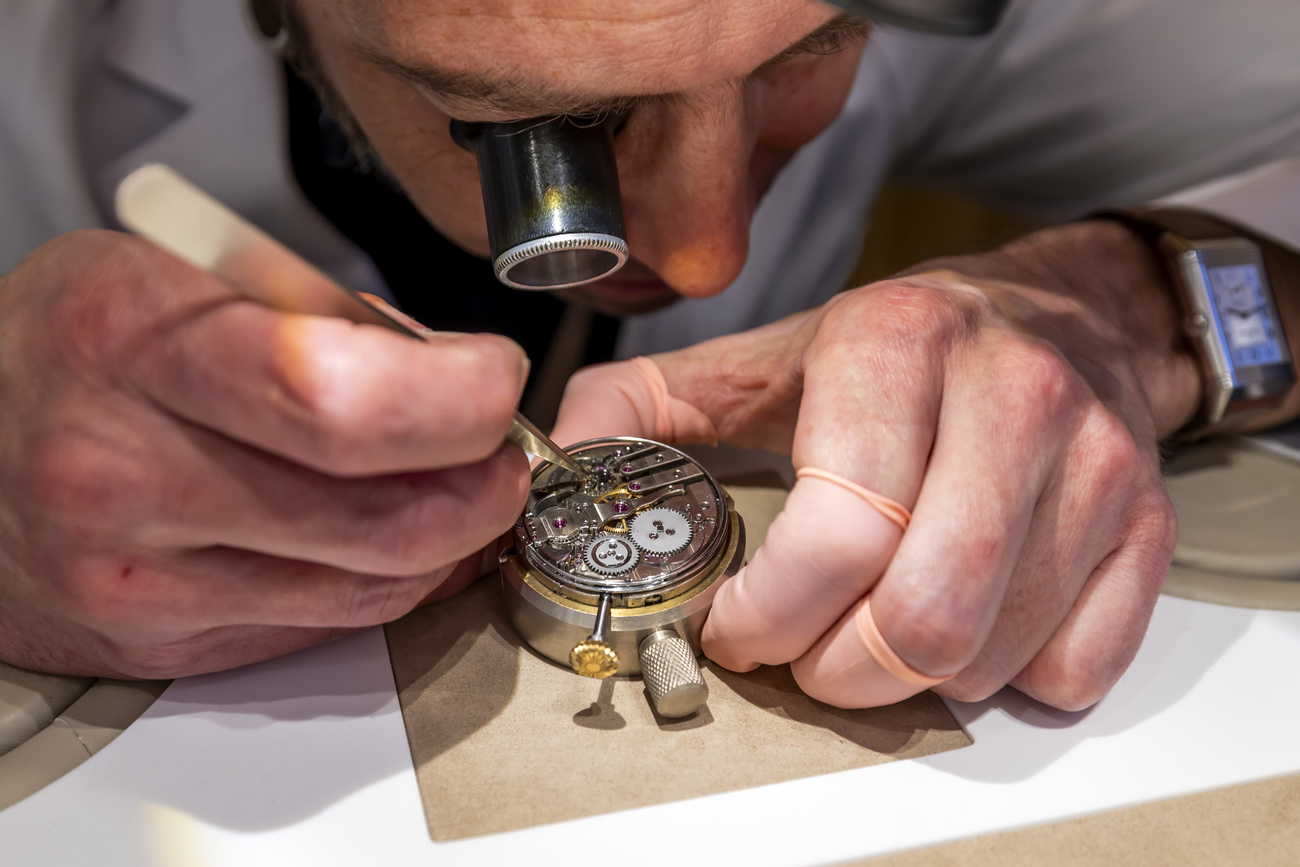
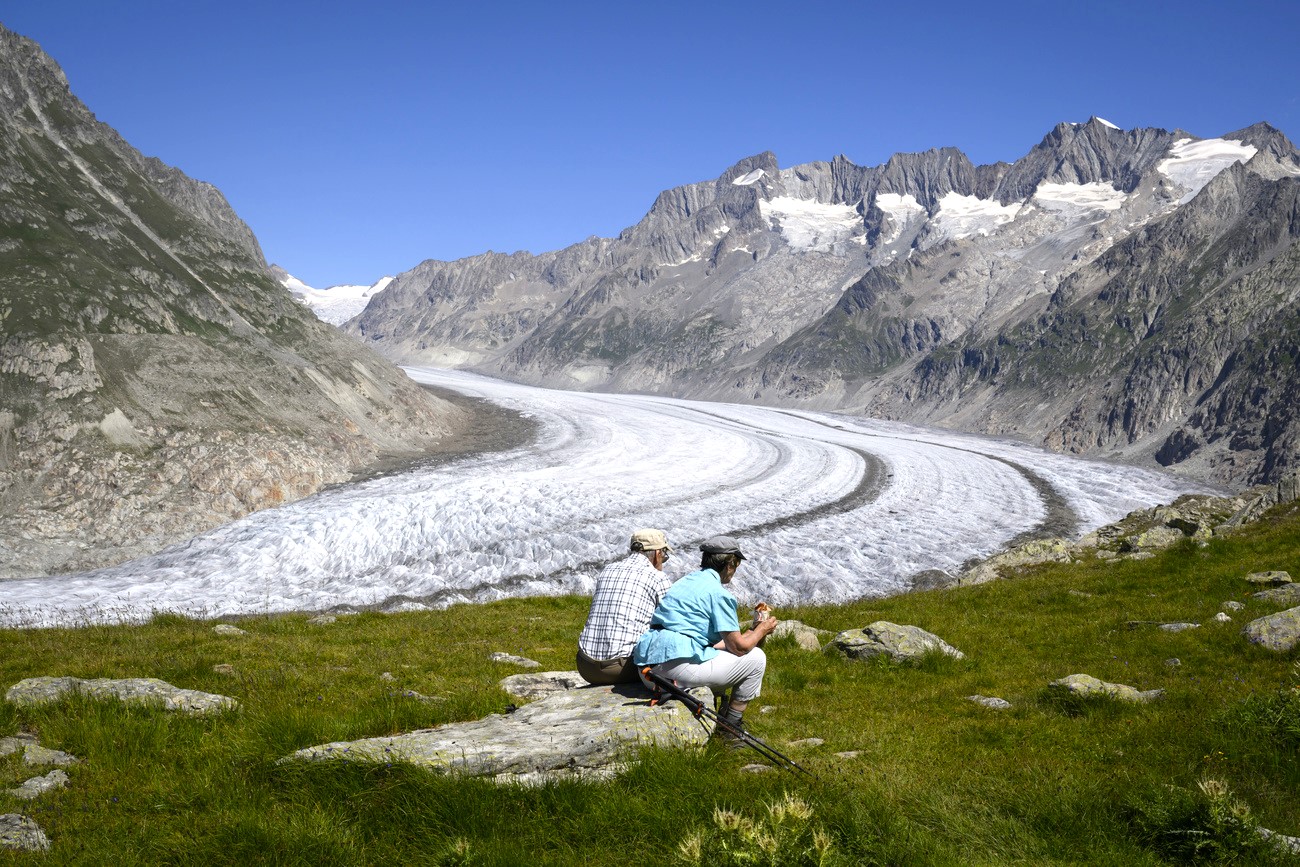

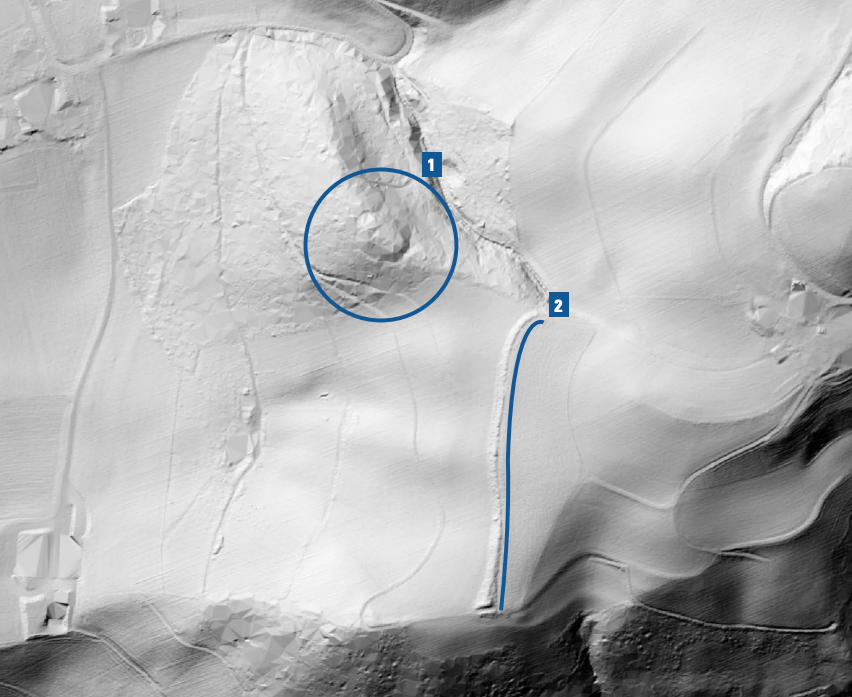



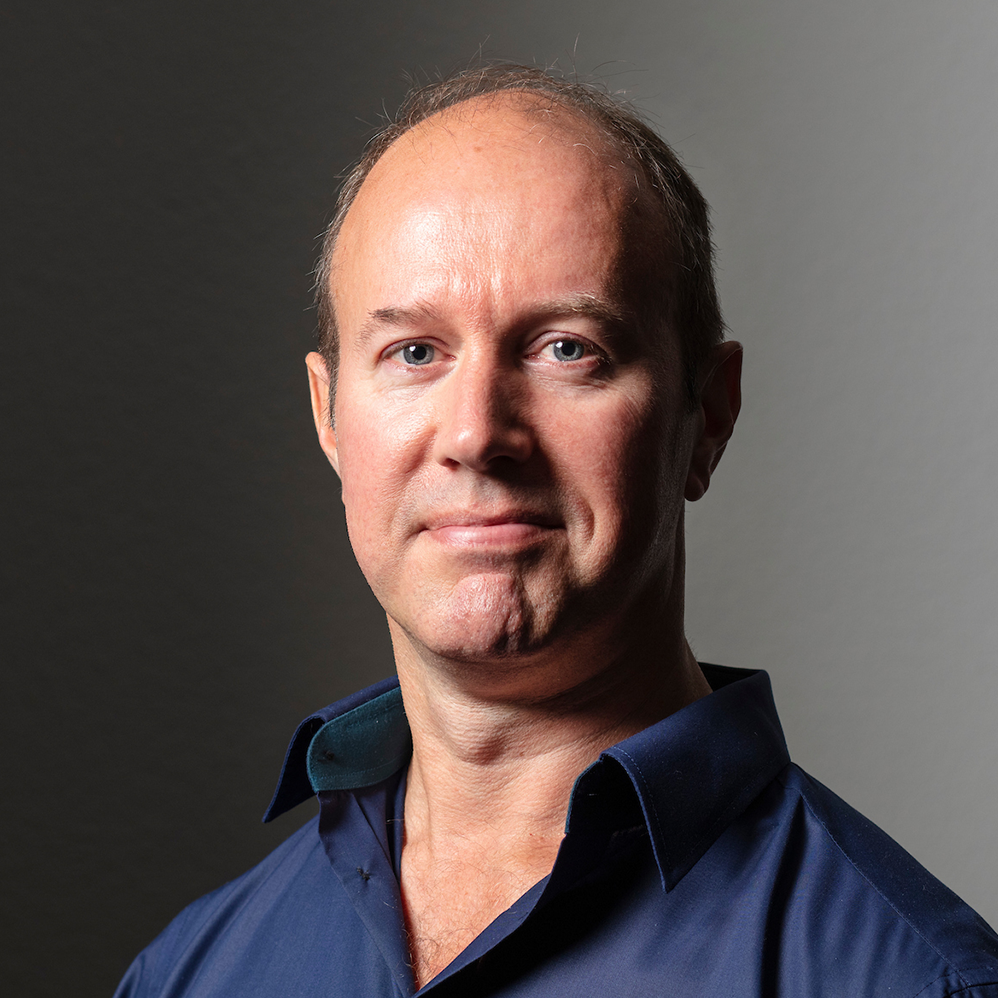
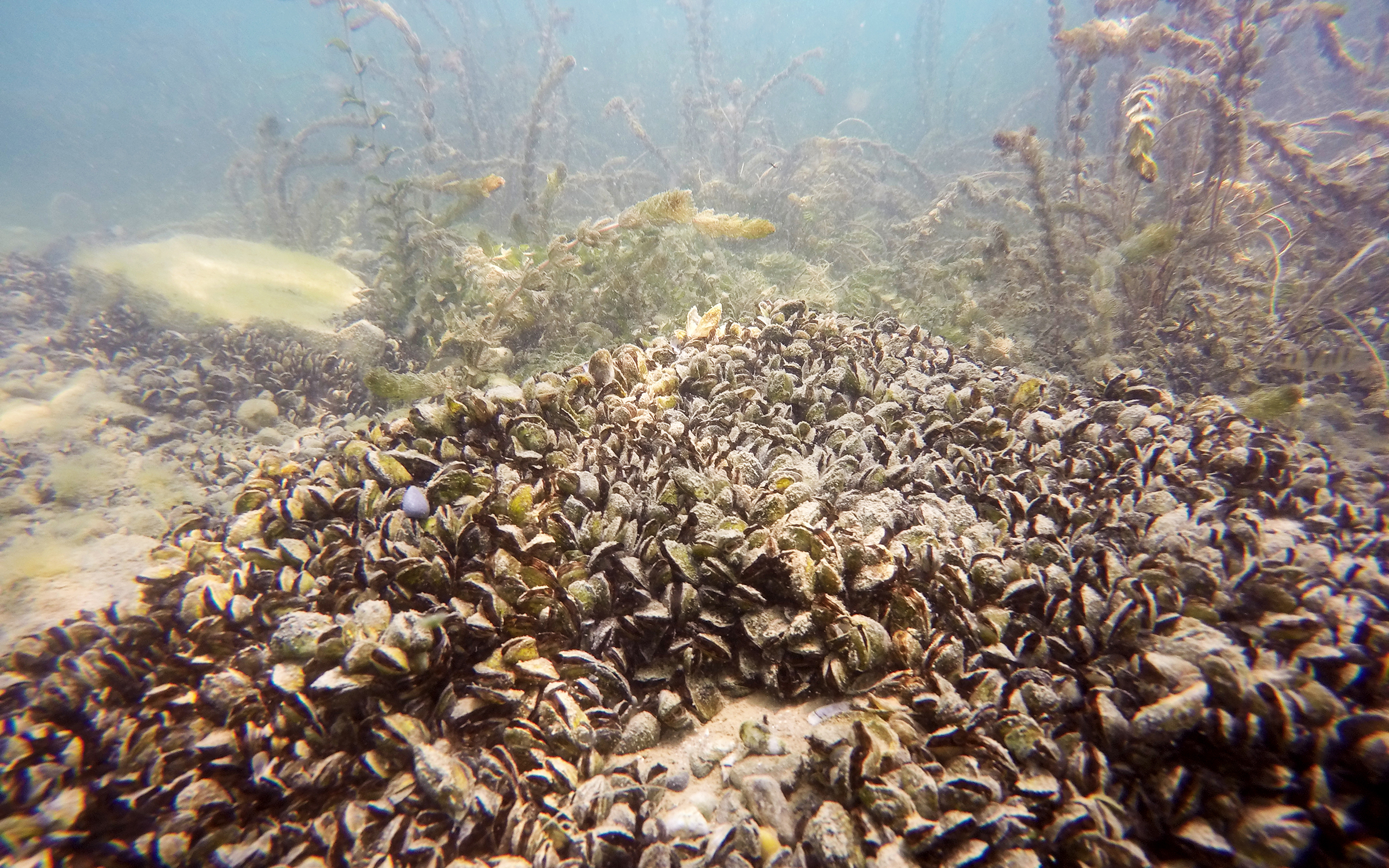

You can find an overview of ongoing debates with our journalists here . Please join us!
If you want to start a conversation about a topic raised in this article or want to report factual errors, email us at english@swissinfo.ch.